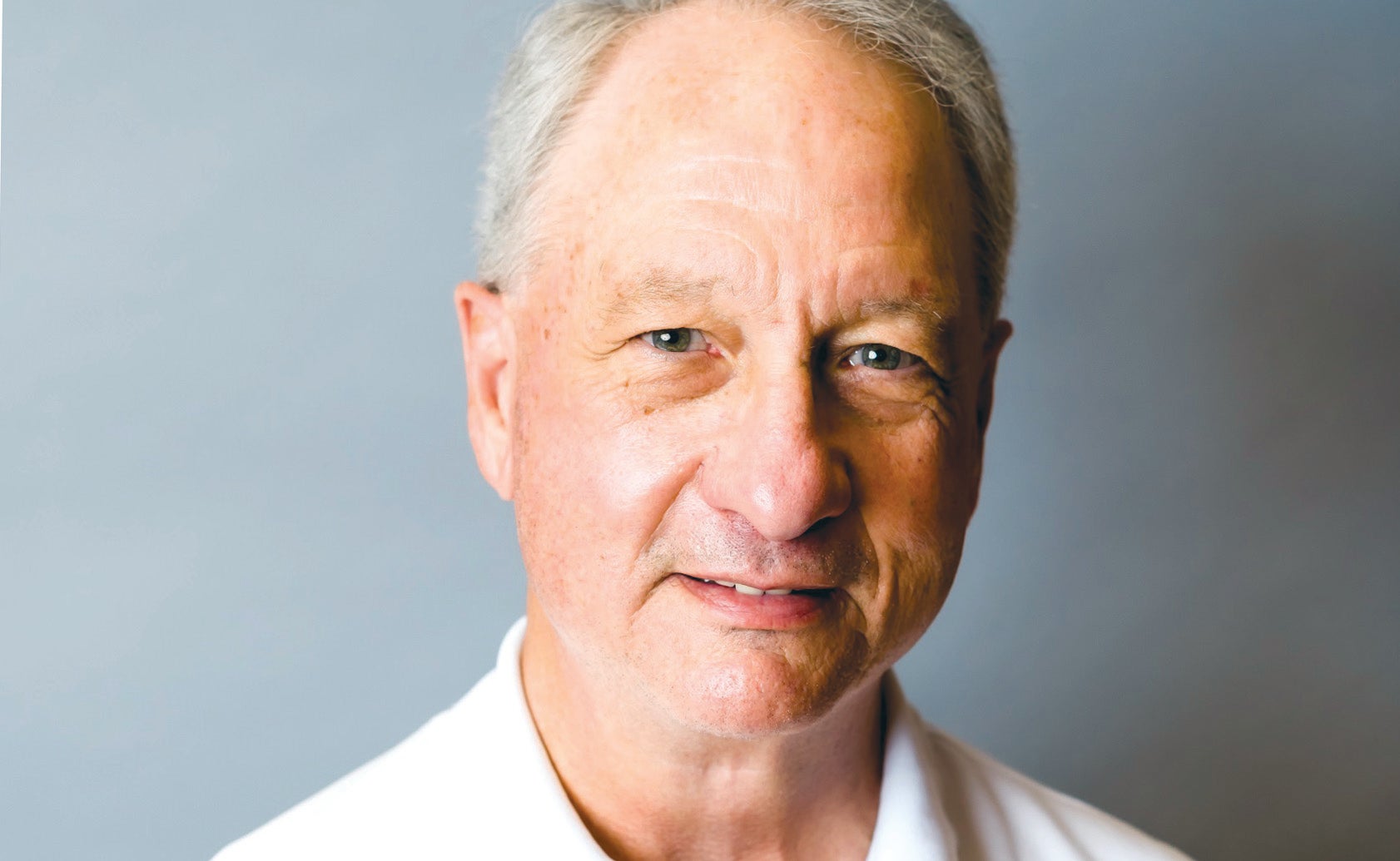A Team Sport: Emergency medicine, first-responders share common goal of saving lives
Published 4:09 pm Monday, May 1, 2023

- Dr. Ben Yarbrough is the medical director of the ER at Merit Health Natchez. (Submitted photo)
|
Getting your Trinity Audio player ready...
|
Editor’s note: This article published as part of a themed edition of The Democrat honoring first responders.
For nearly 40 years, Dr. Ben Yarbrough has worked in emergency rooms.
And if there’s anything he has learned from that experience, it’s that emergency medicine is a team sport.
“Not just the doctors but the nurses and paramedics – we’re all working together to give the patient the best care we can,” Yarbrough said, “It filters all the way down from me to the people out in the field.”
After graduating from medical school in 1980. Yarbrough worked in family medicine and pediatrics before settling into emergency medicine. He served as medical director of the ER at St. Dominic’s in Jackson before being recruited to open a medical clinic in Franklin County.
Even during his time in Franklin County, he worked in the emergency room in Natchez hospitals. And when he retired in 2017, he began working full time with Merit Health Natchez. Today, he serves as medical director of the emergency department, overseeing all staff and services in the trauma center that averages 18,000 patient visits a year.
Like most health care professionals drawn to emergency medicine, he enjoys the challenges.
“You don’t see the same thing every day,” Yarbrough said. “Sometimes you might not see the same things every hour.”
Emergency medicine is hard, grueling work even in the best of conditions. And it’s often thankless. Yarbrough said he isn’t the sort of person who seeks a pat on the back or a thank you, but he enjoys moments of clarity that offer reassurance.
“As health care providers, we should all know why we’re doing what we do,” he said. “I’ve had several patients – even some of those who were too sick to live – over the past 35 years that let me know this is what I need to do and where I need to be.”
His goal in all cases is to ensure he and the ER team do all they can do to help a patient get better, whether it’s a traumatic injury or an underlying illness.
“The most important thing to me is that people out there understand that we do care about taking care of them,” he said.
When most people consider emergency medicine, they first think of the most acute and traumatic cases: vehicle wrecks, heart attacks, strokes, or worse. Yarbrough said the ER team is well-trained and staffed to address those situations, working calmly and efficiently to triage and assess every patient who comes in the door. “And the truth is, in the ER the sicker you are the faster you are going to be treated,” he said.
The role of the ER staff is to stabilize, assess and treat the patients, either in house or by transferring them to another facility which can provide specialized care. “We try our best to make sure patients and their families understand what we are doing and why we are doing it.”
In the past five years, Yarbrough has seen a shift in the challenges of emergency medicine thanks to a shortage of primary care physicians and the COVID pandemic, which threatened to overwhelm front-line medical workers and changed the scope of emergency medicine.
“We probably have more acuity (in the ER) than we did before COVID,” Yarbrough said, adding that lingering unfounded concerns about the spread of the virus keep many patients who need care away from ERs. “They are still scared of COVID.”
And now, patients without primary care physicians are turning to the emergency rooms “because they don’t have anywhere else to go,” Yarbrough said. “And we are going to take care of them. Because that is what we do.”






